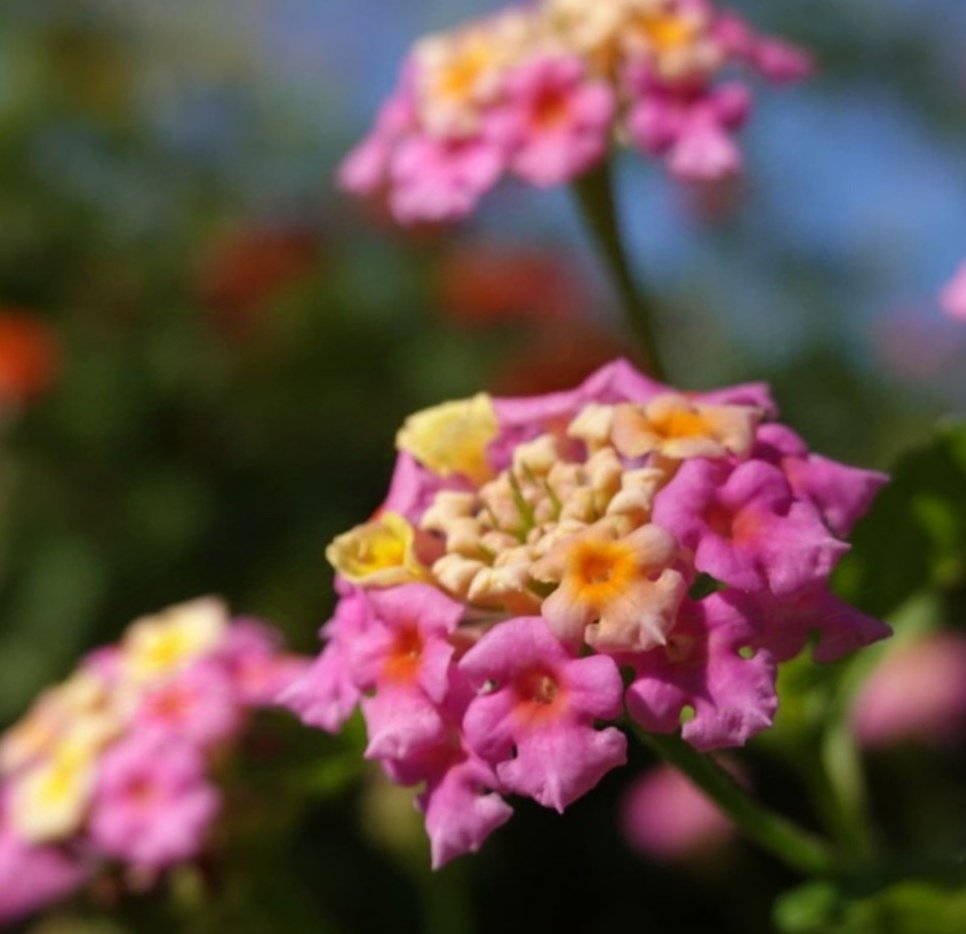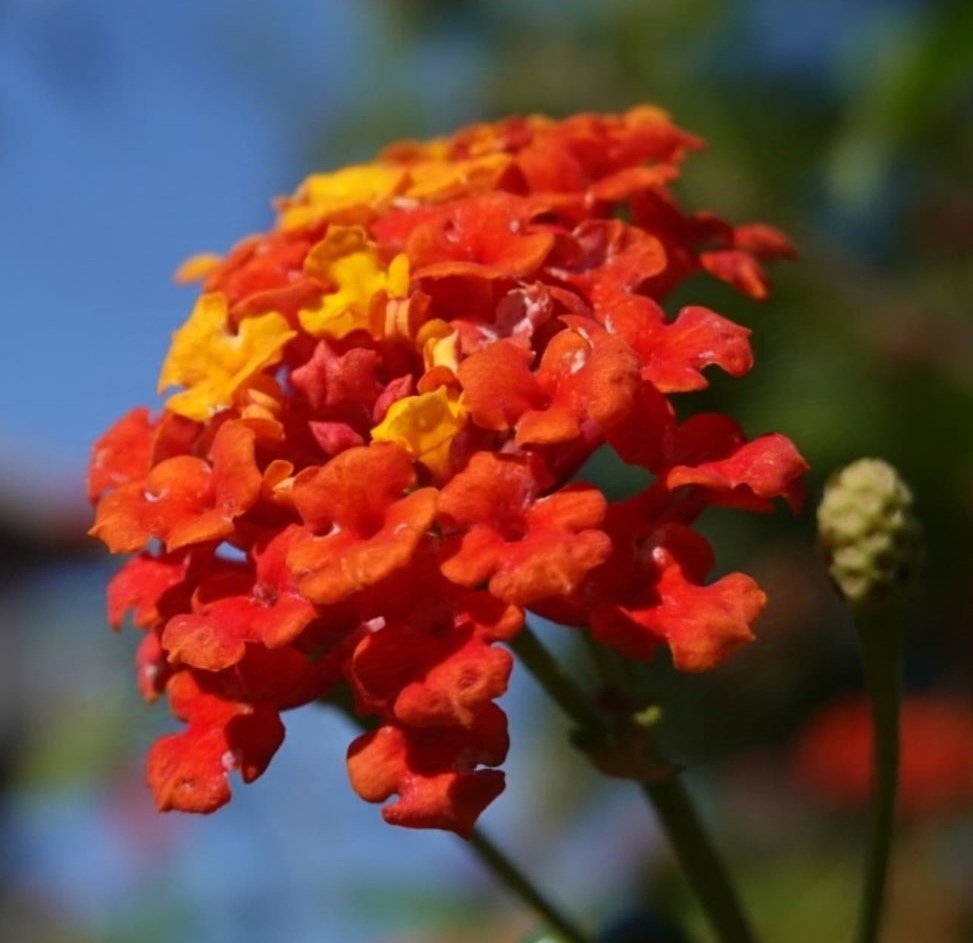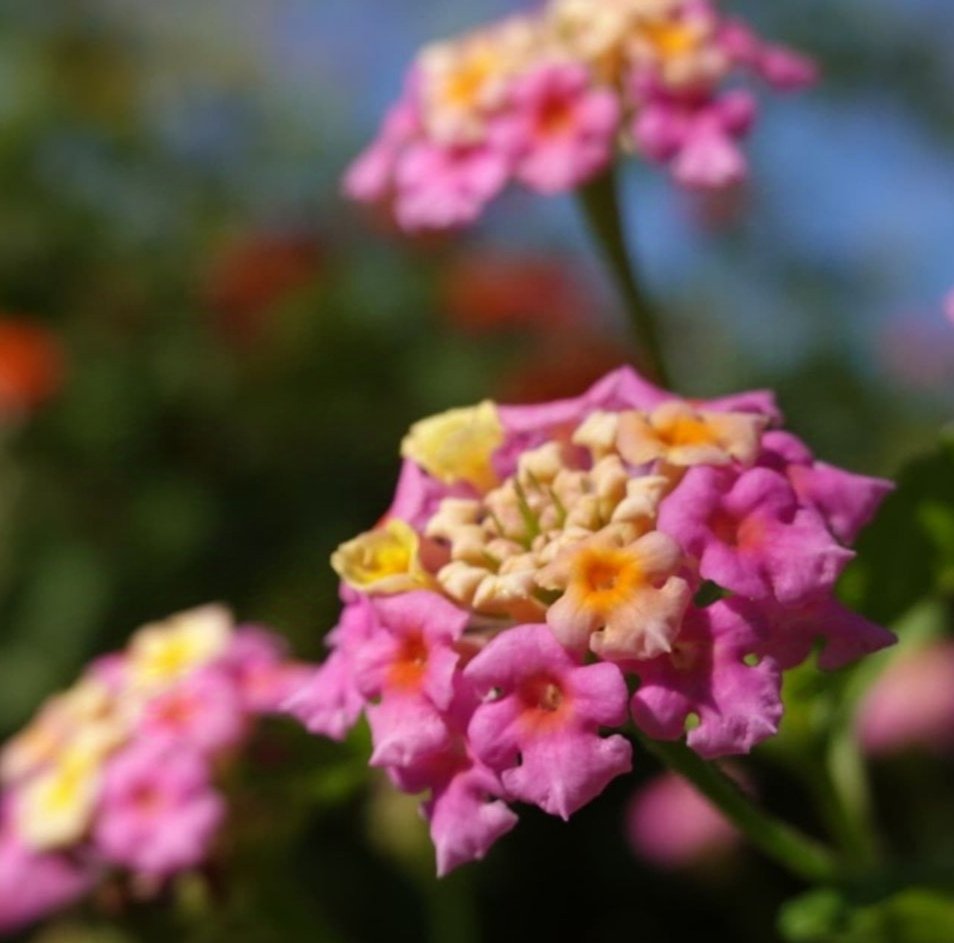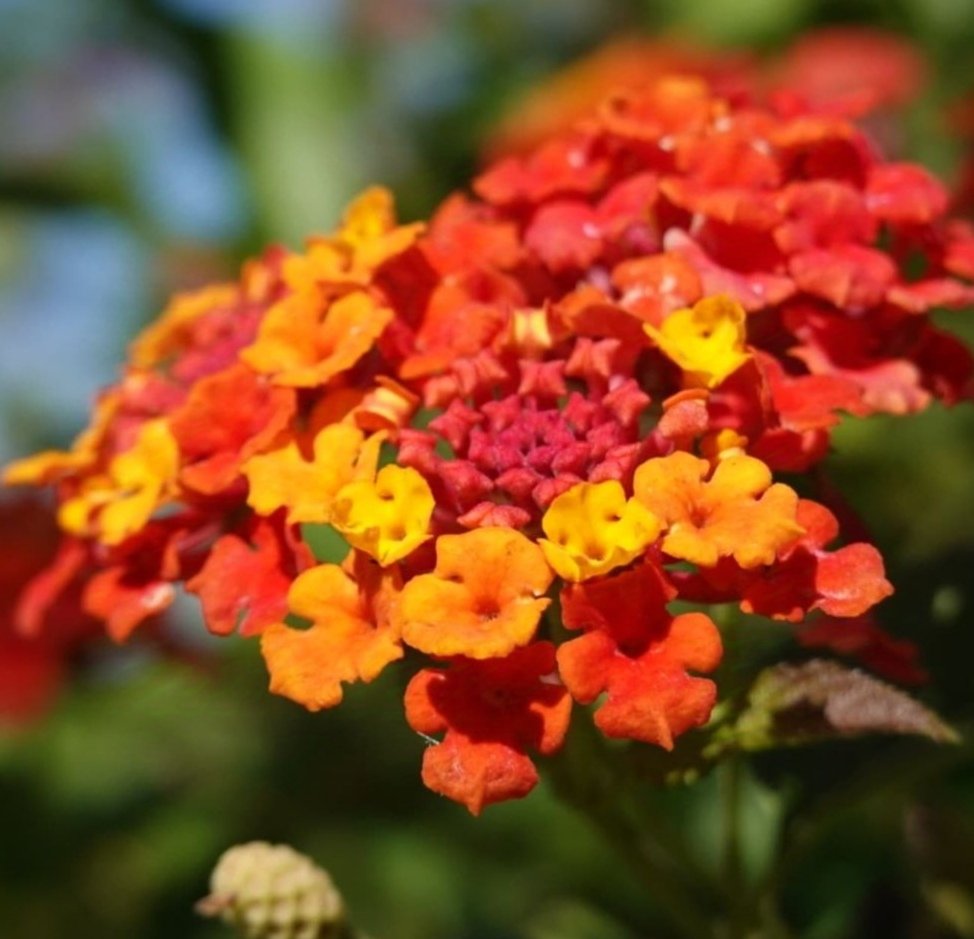So Beautiful West Indian Lantana Flower
0 comments
West Indian Lantana, often simply known as lantana, is a hardy, vibrantly flowering shrub that has long captivated gardeners, landscapers, and naturalists alike with its colorful, ever-changing blooms. Native to the tropical and subtropical regions of the Americas, L. camara is now found in warm climates around the world, including Africa, Asia, Australia, and the Pacific islands. Its adaptability has led it to be a popular ornamental plant, but it is also considered an invasive species in some regions due to its aggressive growth and ability to displace native flora.
Botanical Characteristics
West Indian Lantana is a woody perennial shrub that can grow up to 6 feet in height, with a sprawling, spreading habit. It has a slightly rough texture due to tiny hairs on the leaves, and the stems can sometimes appear thorny. The leaves are dark green, oval, and toothed, with a characteristic strong odor when crushed. The smell is often described as pungent, which deters some animals and pests, though it attracts pollinators like butterflies, bees, and hummingbirds.
One of the most striking features of L. camara is its multicolored flowers. Blooming in dense, rounded clusters, the small, tubular flowers change color as they mature, typically starting as yellow or orange and then shifting to red, pink, or purple. This natural gradient makes lantana a popular choice for garden aesthetics. The blooms are present year-round in warm climates, providing continuous splashes of color.
Growing Conditions and Care
West Indian Lantana is well-loved for its resilience and low-maintenance nature. It thrives in full sun but can tolerate partial shade, though this may reduce the intensity of its blooms. It is remarkably drought-resistant, making it ideal for xeriscaping or for gardens in arid or semi-arid regions. Well-draining soil is essential, as lantana is susceptible to root rot in overly wet conditions. It tolerates a variety of soil types, from sandy to loamy, but prefers slightly acidic to neutral pH levels.
To encourage a compact growth habit and abundant flowering, lantana should be pruned regularly. Deadheading, or removing spent flowers, helps to stimulate new blooms and prevent the formation of seeds, which can otherwise aid in the plant’s invasive spread. In colder climates, lantana can be grown as an annual or overwintered indoors, as it will not survive freezing temperatures.




Device Information
| Device | Redmi Note 10 Pro |
|---|---|
| Location | Bangladesh |

Comments